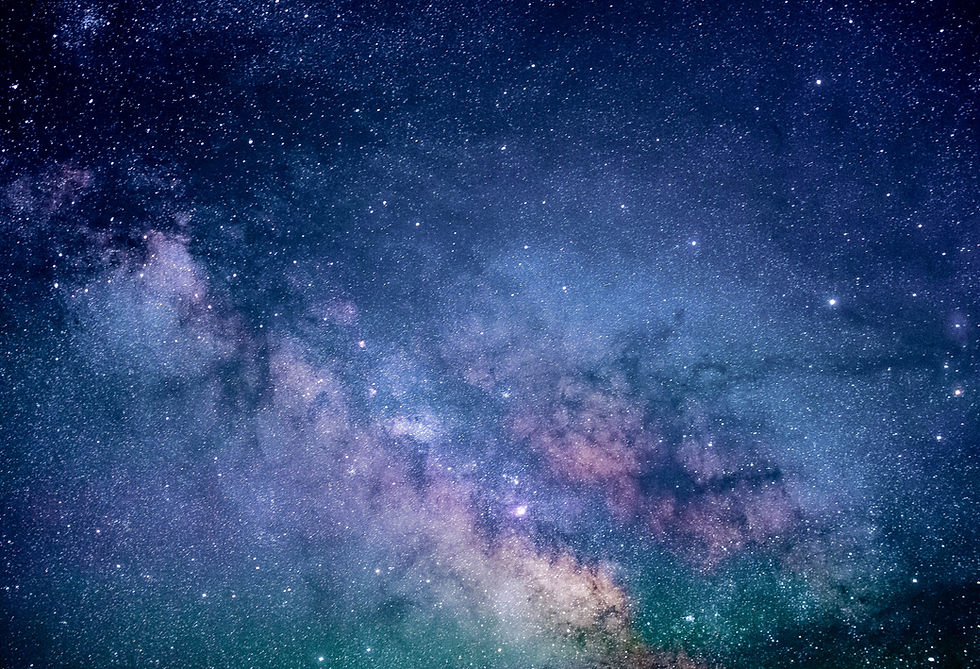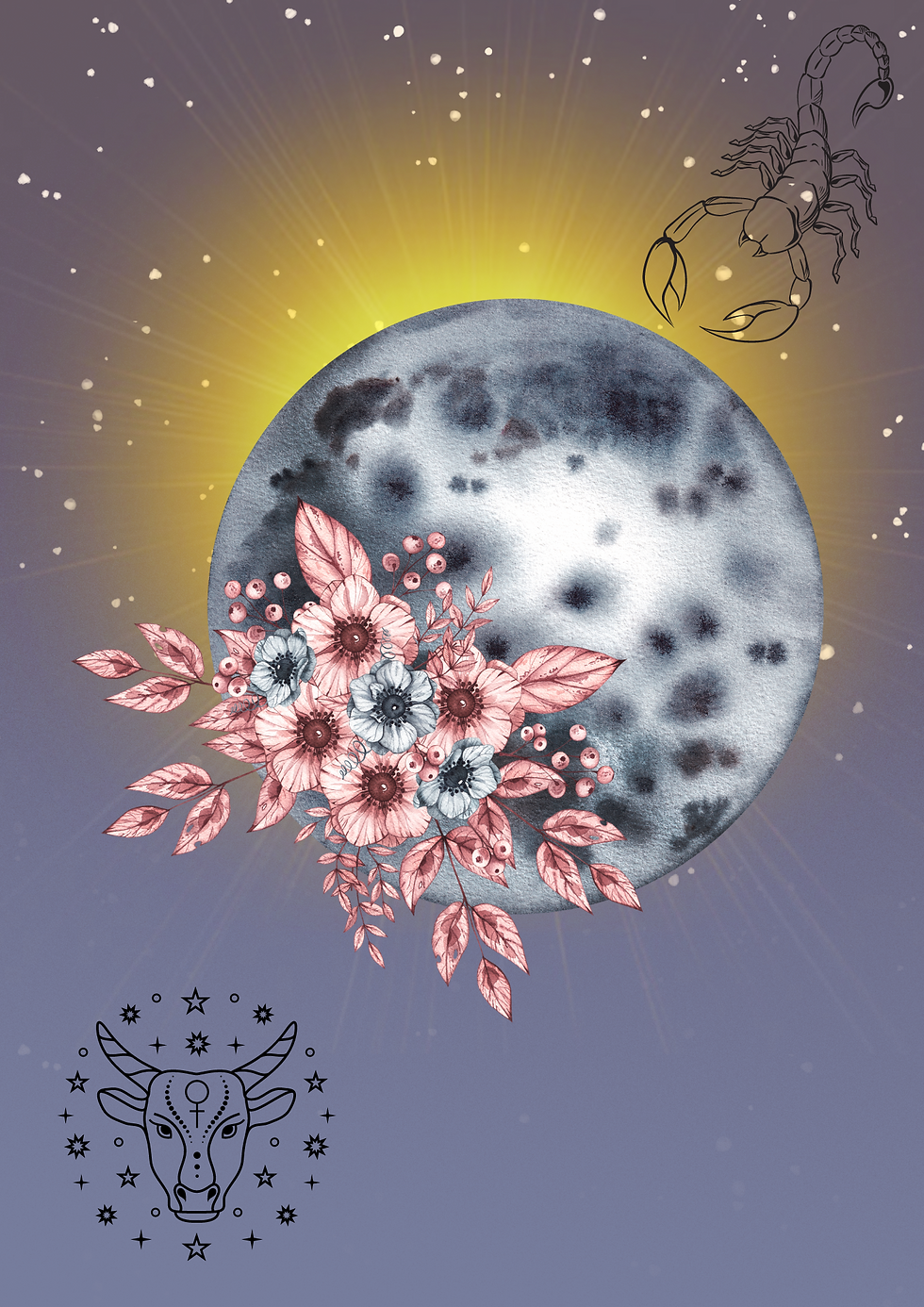Eyes on the Sky
- Raiza Red

- Sep 22, 2021
- 3 min read
Updated: Oct 17, 2021
There is nothing more dazzling and magical than a night sky filled with shooting stars.
For centuries, in almost every culture worldwide, a "shooting star" or meteor shower has been interpreted as a sacred celestial event. Some regard them as a new beginning, an end of a cycle, or an omen from beyond.

In ancient Greece, meteor sightings were thought to be an auspicious sign of a great soul entering or exiting its incarnation. Legendary figures like Cleopatra, Julius Caesar, and Alexander the Great were all said to have been born, died, or both, beneath a trail of shooting stars. In Japan, it is traditionally good luck to wish upon a shooting star, and legend has it in ten years time, it will come to pass. Wherever you're from, these brilliant cosmic displays are a source of beauty and wonder. Behind all of its supernatural lore, it also has a scientific side, for spirit can reside in matter and matter in spirit.
So what is a shooting star? In Scientific terms, it is referred to as a meteor. A meteor is defined as space debris, rock, or comet dust, typically no bigger than a grain of rice that burns up before reaching the Earth. Meteors differ scientifically and supernaturally from "falling stars" or meteorites that are objects that enter Earth's atmosphere from space. Meteorites refer only to those bodies that survive the trip through the atmosphere and reach Earth's surface.

Unlike the romantic promises of hope and magic symbolised by a shooting star, meteorites are often spiritually linked to omens of death, destruction, or simply, a drastic end. After all, it was a meteorite that took out the dinosaurs and forever changed life on Earth! The cosmos is and will remain a constant mystery and source for myths and legends.
Stars seem elusive, mystical, and supernatural in so many ways, yet we carry all the elements of stars in our own human bodies! We are literally made of stars. All of the elements on our planet are in fact birthed by stars. They seem so far up in the celestial heavens, floating like untouchable, enigmas yet in a way, they live within our very being. a beautiful way to connect to the stars is simply, stargazing!

Grab your telescopes and look up this Fall! These heavenly bodies are sure to put on a show. For the naked eye gazers, make sure to find a dark spot, free from light pollution on a clear night. Autumn offers us the last of the great star spectacles before Winter of 2021. The Orionids will kick off their cosmic display in early October through to November, and be ushered out by the Leonids and Geminids Meteor showers lighting up the skies until December. The Ursids will shine bright on cold, clear winter nights and will see that 2021 goes out with a bang. These dazzling light shows are best seen after midnight either on the new moon or up to 10 days past it.
Whether you are an astronomer or astrologer, or both, the stars never cease to amaze. They invoke a sense of awe and child-like wonder forever humbling us earth-bound denizens. Check in with your local meteor society or a planetarium near you for updates, info, and more star facts.
As the late Casey Kasem once said, "Keep your feet on the ground and keep reaching for the stars."
Happy stargazing!







Comments